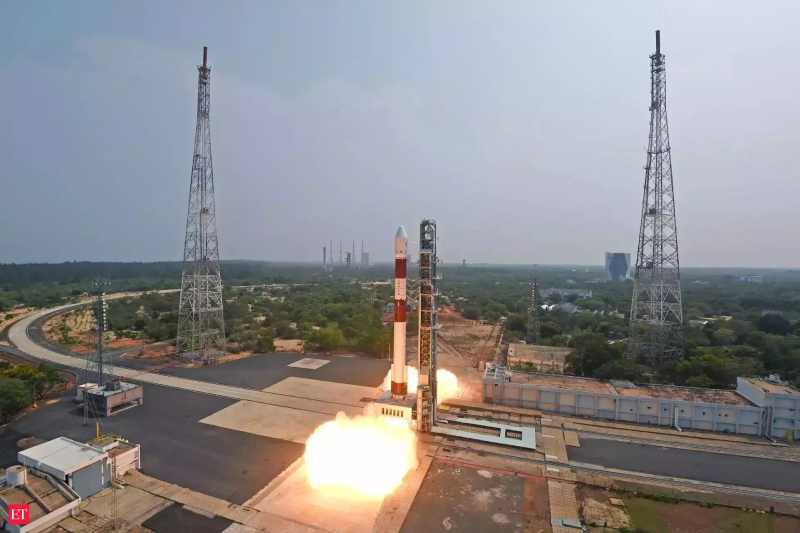The first-ever X-Ray Polarimeter satellite, which would provide various insights into astronomical objects like black holes, was successfully launched by ISRO on Monday.
Launched at the scheduled time of 9.10 am from the first launch pad in Sriharikota, ISRO’s always dependable Polar Satellite Launch Vehicle (PSLV) successfully completed the C58 mission, putting the primary X-Ray Polarimeter satellite XPoSat into a 650 km Low Earth Orbit as planned.
The spaceport located approximately 135 km east of Chennai saw a large number of spectators descend, and as the 25-hour countdown came to an end, the 44.4-meter-tall rocket lifted off majestically to thunderous applause.
The goal of the X-ray Polarimeter Satellite (XPoSat) is to study how polarized intense X-ray sources are in space.
It is the first specialized scientific satellite from ISRO to conduct studies on space-based polarization measurements of X-ray emission from celestial sources, according to the space agency.
When analyzing the radiation mechanism and geometry of celestial sources, X-ray polarization is an essential diagnostic tool.
POLIX (Polarimeter Instrument in X-Rays), developed by the Raman Research Institute to measure polarimetry parameters, and XSPECT (X-ray Spectroscopy and Timing), constructed by the U R Rao Satellite Centre, Bengaluru, are the main payloads of XPoSat. The average missionary lives for five years.
In the first quarter of 2024, ISRO and NASA will jointly launch the cutting-edge NISAR satellite. NISAR (NASA-ISRO Synthetic Aperture Radar) is estimated to be launched onboard India’s GSLV rocket at a cost of $1.5 billion (approximately Rs. 12,500 crore).
For regional to global studies of land ecosystems, solid earth deformation, mountain and polar cryosphere, sea ice, and coastal oceans, NISAR data will be invaluable.


